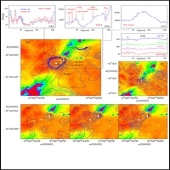ESA Science & Technology - News Archive
News archive
News archive
Published: 17 October 2000
Published: 13 September 2000
Published: 13 September 2000
Published: 29 June 2000
Published: 7 June 2000
Published: 8 May 2000
Published: 27 April 2000
Published: 26 April 2000
Published: 25 April 2000
Published: 17 April 2000
Published: 10 February 2000
Published: 9 February 2000
Published: 3 February 2000
Published: 30 January 2000
Published: 19 January 2000
Published: 16 January 2000
Published: 28 December 1999
Published: 20 December 1999
Published: 19 December 1999
Published: 13 December 1999
—
20 Items per Page



















